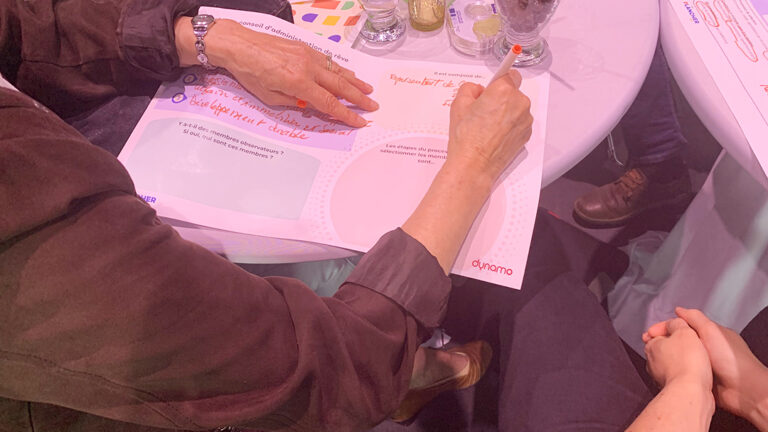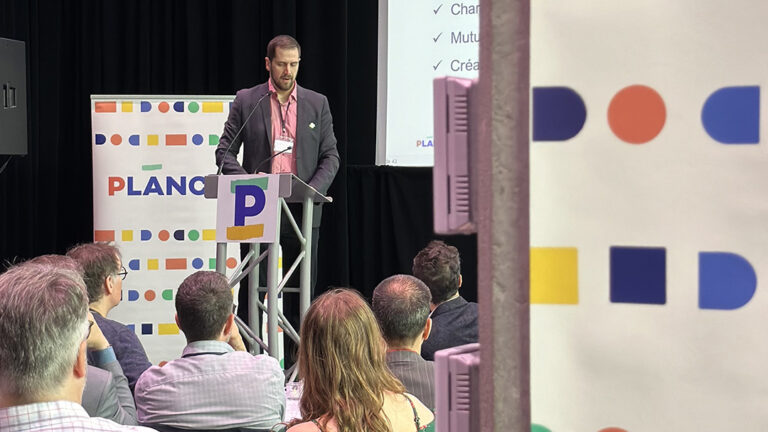When it comes to housing, Indigenous realities are often ignored or misunderstood in the western culture, even in advocacy programs like Rent Smart, which aims to train and empower tenants. The Aboriginal Friendship Centre of Calgary is reconciling the two worlds by adapting Rent Smart tenancy training to embrace Indigenous culture and values.
Rosemary Flamand was dropping off a deposit for an apartment in Sudbury, Ont., that she had recently viewed when things took a bad turn. The property owner, noticing she was Indigenous, told her in front of a friend that, “once you rent to a couple of Natives, 15 Indians come behind.” He then asked for references but refused to accept them when she called a few hours later.
Flamand filed a Human Rights complaint and, three years later, the tribunal ordered the landlord to pay her $9,000 in compensation. Flamand’s experience isn’t unique among Indigenous renters seeking housing. Her story was recounted in a 2019 CBC report that examined how widespread the problem is. One Toronto couple described apartment hunting as “humiliating,” explaining that due to their Indigenous identity, “some landlords would want assurance that the couple wouldn’t be drinking on the property.”
There were also concerns about smudging—a common Indigenous practice that involves the burning of herbs like sage or cedar to cleanse and ward off negative energy—and drum ceremonies, with property owners insisting on no-smoking on premises and worrying about potential noise disturbances.
Discrimination and bias aside, cultural misunderstandings add yet another layer of complexity for Indigenous tenants eager to find and maintain good housing. Making matters worse, apartment-seekers are often unaware their rights are being violated.
Knowledge is power
“[Learning your rights] should be part of the school curriculum as far as I’m concerned,” says Melissa Roy, director of operations at the Aboriginal Friendship Centre of Calgary.
Since housing is such a personal issue, it is no surprise that disputes with landlords are often at the core of problems faced by clients accessing the Friendship Centre’s many services.
“Not everybody talks the same, not everybody makes the same references. And more importantly, the life experiences are different. If you are coming off reserve into an urban setting. That is a culture shock on its own. Reserve living is intergenerational living: when you come into the city, you don’t have these supports readily available.”
Many turn to their local Friendship Centre for community and guidance. Providing essential Indigenous cultural programs to the urban population, Roy says, “is a safe space for people to explore culture, and that’s the friendship centre movement across the board. There are 221 centres across Canada: each of us are in various communities. We might have different visions, different mandates, but the core focus is cultural reconnection.”
The extent of confusion over tenant rights prompted staff at the Calgary friendship centre to develop some materials about basic issues, such as smudging, often misunderstood by non-Indigenous landlords and likened to smoking cigarettes or marijuana. They soon realized there was a bigger opportunity to be seized, however, so the friendship centre partnered with tenant-training program, Rent Smart, to get the ball rolling.
Rent Smart operates on the belief that good tenancy is not an innate skill. It can be taught through comprehensive housing and life-skills education. The goal? According to the Rent Smart website, it is to train “empowered tenants who understand their rights and responsibilities, communicate effectively with landlords, neighbours and roommates, [who] budget to maintain their housing and look after their home.”
Among its plethora of classes, Rent Smart offers the RentSmart Educator program, which certifies individuals and community organizations to deliver Rent Smart courses in their communities—something of particular interest to the Friendship Centre’s clients.
“We see it as an opportunity for youth to really take a moment, step in, and take ownership,” says Roy on the opportunity to learn about tenancy and get certified to pass on these skills while earning an income. “Some can start their own business; they can start facilitating, and that’s a beautiful thing.”
An Indigenous lens
But first, an Indigenous lens needed be applied to the current Rent Smart tenancy materials. The Community Housing Transformation Centre awarded $50,000 to support the creation of these new materials, and the training, that will surely serve Calgary’s Indigenous community for years to come.
“The grant gives us the opportunity to deepen our connection to the community, and the resources we can offer,” explains Roy.
This adaptation of the western-centric Rent Smart program will be offered to 30 Indigenous youth who have declared an interest in personal healing and a desire to learn how to become good renters or homeowners. And Roy is adamant on the necessity of Indigenizing the existing program.
“We live intergenerationally. A cousin will come to stay for a bit, or you take in your auntie who has medical concerns. But this becomes a problem when you are renting, because landlords don’t want to see extended family around all the time.”
“But with Indigenous people, and other cultures too, that is just how we live. That is how we thrive. So, we have to find a way to help folks protect themselves from any type of negative western ideology about whom you should have in your home.”
The indigenized program will focus on the constructs of natural law—essentially, the belief that certain values are inherent to our human nature—and its relation to housing success.
“Your home is your nest. Your nest is your home fire. That is where you do all your healing, sleeping, the growing of your family,” Roy notes. “If you don’t make that connection, the understanding of the [training] materials can be lost in this western construct of housing and what it needs to look like.”



